I am trying to profile and optimize algorithms and I would like to understand the specific impact of the caches on various processors. For recent Intel x86 processors (e.g. Q9300), it is very hard to find detailed information about cache structure. In particular, most web sites (including Intel.com) that post processor specs do not include any reference to L1 cache. Is this because the L1 cache does not exist or is this information for some reason considered unimportant? Are there any articles or discussions about the elimination of the L1 cache?
[edit] After running various tests and diagnostic programs (mostly those discussed in the answers below), I have concluded that my Q9300 seems to have a 32K L1 data cache. I still haven't found a clear explanation as to why this information is so difficult to come by. My current working theory is that the details of L1 caching are now being treated as trade secrets by Intel.


